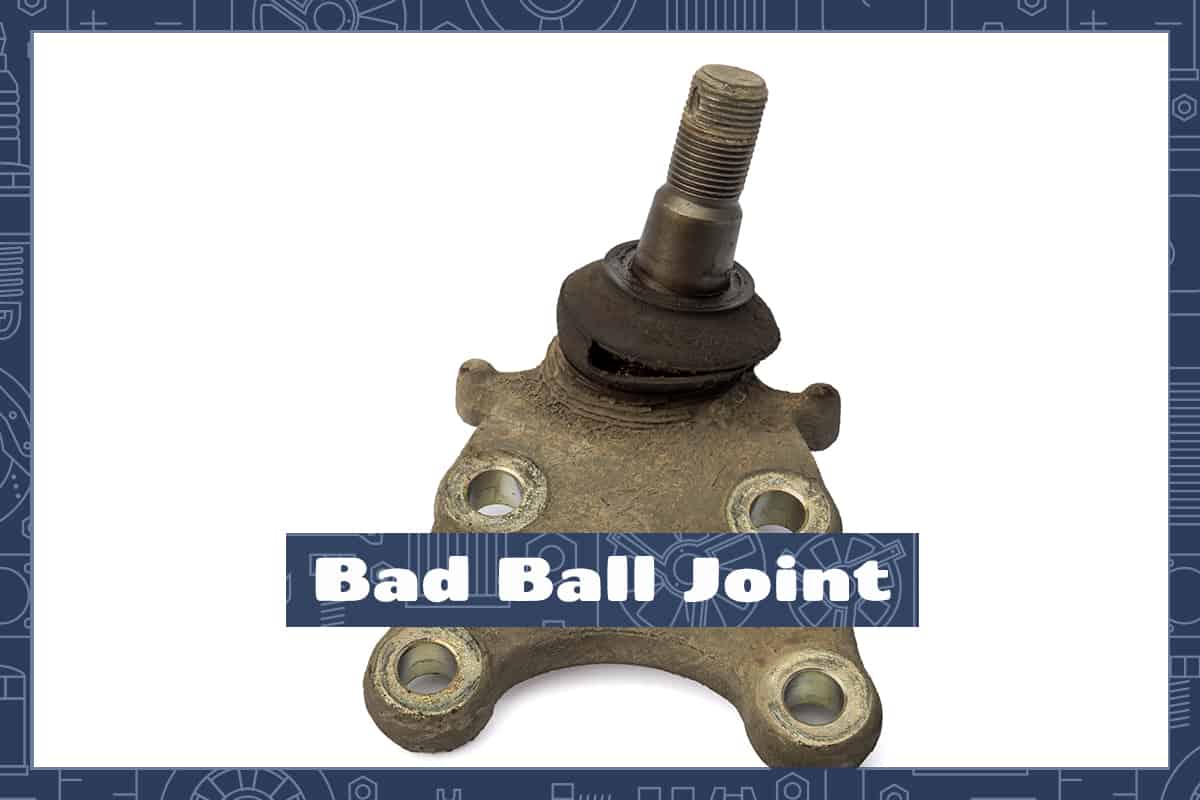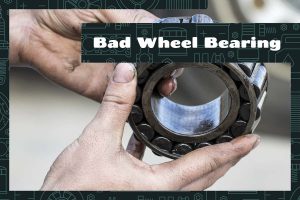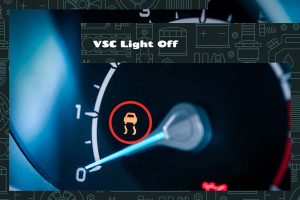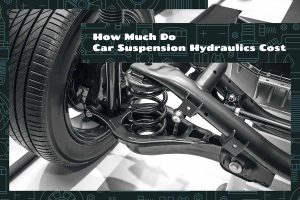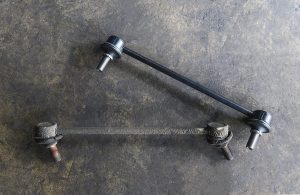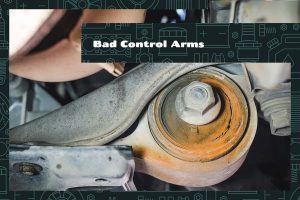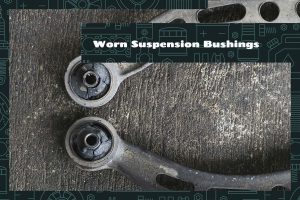Ball joints act like the connecting link between the wheels and the car’s body. They play a critical role in ensuring a smooth and controlled ride by allowing for rotational movement between the steering and suspension. However, like any other mechanical component, ball joints can wear out or damage your vehicle’s performance and safety.
Recognizing a bad ball joint is essential for timely repair. Warning signs include:
- Unusual noises from the suspension, like squeaking or clacking.
- Irregular tire wear, often uneven across the tire’s surface.
- Vibration or shuddering in the steering wheel.
- The vehicle drifts to one side while driving straight.
In this guide, we will discuss the function of ball joints and how to address a faulty one. This information aims to enhance your knowledge and help you make informed decisions about your car’s upkeep.
The Functionality of Ball Joints in Cars
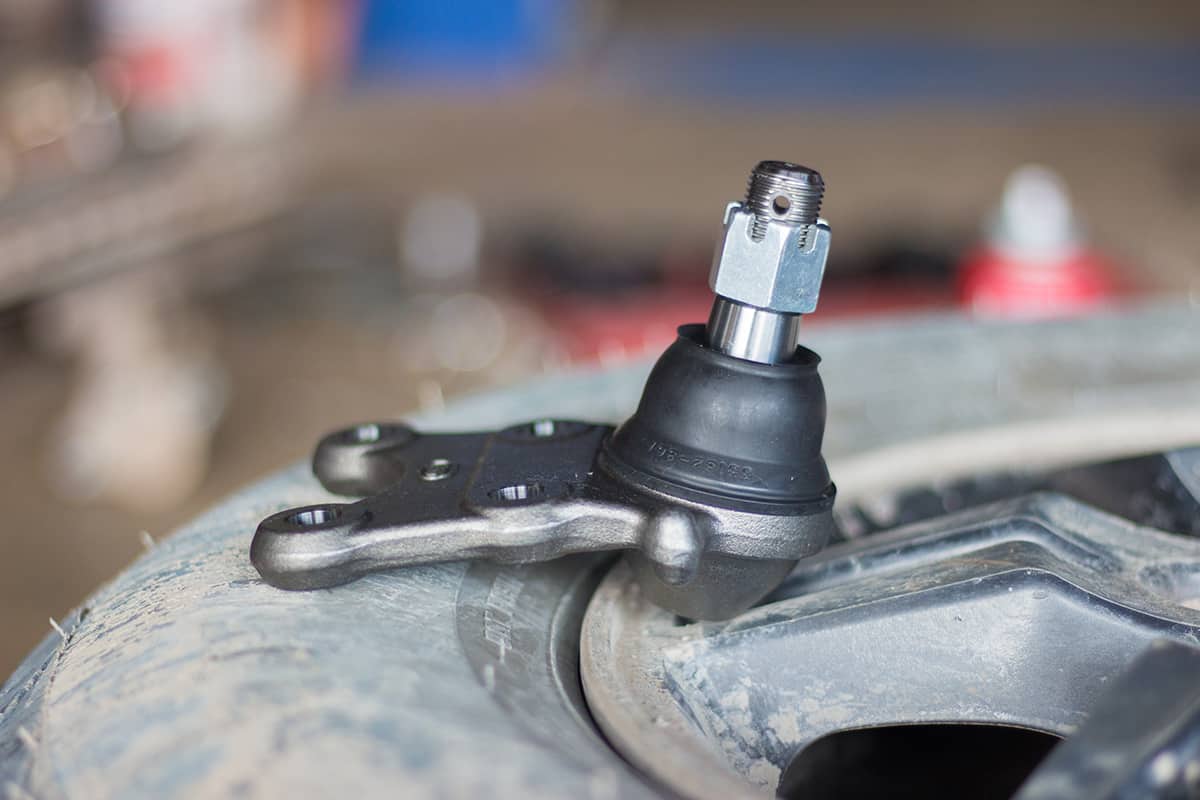
Ball are the essential connecting elements between your vehicle’s wheels and its suspension system. In more technical terms, ball joints are the ‘load-bearing’ pivot points that connect the control arms to the steering knuckles. By performing this key function, they allow for a wide range of movement and flexibility in various directions while your vehicle is in motion.
Role in Steering and Suspension
The primary purpose of a ball joint is to deliver unrestricted movement in three dimensions—up and down, left and right, and back and forth. This multi-directional flexibility is what allows your car to steer left or right while simultaneously accommodating the up and down movement from road undulations.
When you turn your car’s steering wheel, the steering system sends this input to the steering knuckles, which then pivot on the ball joints. This mechanism turns the wheels in your desired direction, enabling your vehicle to navigate curves, corners, and make turns.
The ball joint’s up-and-down articulation also allows your car’s suspension to respond to road imperfections. When your car passes over a pothole, bump, or any form of uneven road surface, the ball joint absorbs these vertical motions, enabling the suspension system to adjust accordingly.
Impact on Ride Quality and Safety
The health of the ball joints directly influences your car’s ride quality and safety. A car with well-functioning ball joints provides a smoother ride, better steering control, and overall improved driving comfort. On the other hand, bad or failing ball joints can lead to a rough and uncomfortable ride, difficult steering, and excessive tire wear.
A deteriorated ball joint may cause the car to wander or drift while driving straight, leading to steering instability. You might also experience vibrations through the steering wheel, indicating an issue with the suspension components, likely the ball joints.
How Does a Ball Joint Go Bad?
Ball joints are not immune to wear and tear. Their durability and longevity depend on multiple factors, including driving conditions, the vehicle’s load, and regular maintenance or lack thereof.
1. Constant load and Stress They Endure from the Vehicle’s Weight and Motion
Each time your car navigates a bump, pothole, or rough road, the ball joints work to maintain stability and control. This consistent stress can cause wear over time, leading to deterioration of the joint’s internal surfaces.
2. Breakdown of the Protective Enclosure
This enclosure, a.k.a. a boot, is filled with lubricant to reduce friction within the ball joint, ensuring smooth operation. The boot can crack or get damaged due to impact, exposure to road debris, or simply age. Once this occurs, the lubricant can leak out, and dirt or other contaminants can get in, resulting in increased friction and accelerated wear of the joint.
3. Lack of Maintenance
Some ball joints are ‘sealed for life,’ meaning they are designed not to require lubrication over their lifespan. Other types are serviceable and require periodic greasing to minimize friction and prolong their lifespan. Neglecting this necessary maintenance can expedite wear and potentially lead to failure.
Warning Signs of a Bad Ball Joint
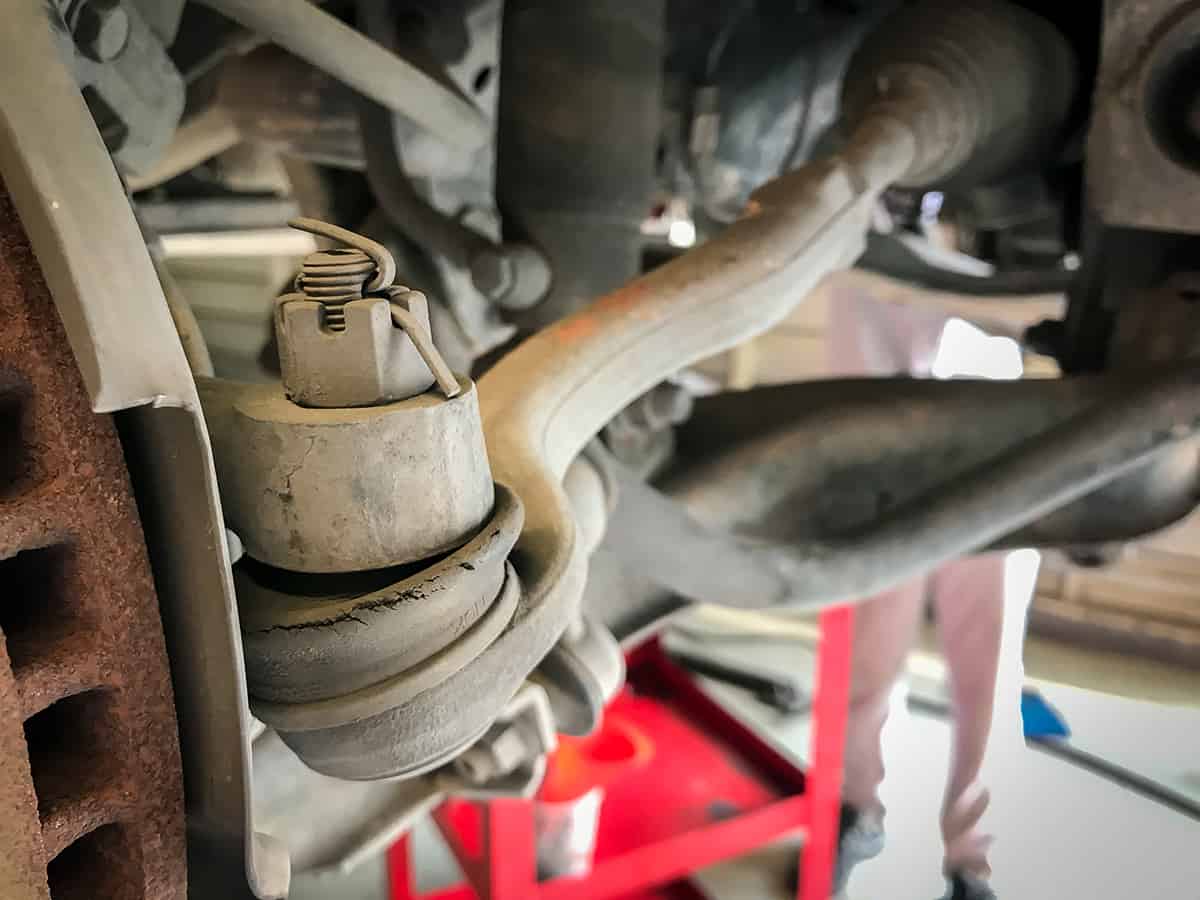
Since ball joints play a central role in the smooth and safe operation of your car, any signs of trouble should not be ignored. This section provides a detailed guide on the common symptoms of a bad ball joint, from unusual noises to unusual tire wear.
1. Unusual Noises From the Suspension
- Squeaking or creaking sounds: A worn-out ball joint often produces a squeaking or creaking noise, especially when the suspension moves up and down over bumps or potholes. This sound usually increases in frequency with the severity of the road imperfections.
- Clunking or knocking sounds: A severely worn ball joint might cause a more distinct clunking or knocking noise when the car goes over bumps or makes turns. This is due to the excessive play within the joint caused by wear.
2. Irregular Tire Wear
- Feathering or scalloping: This is a series of worn-down patches across the tire tread. It’s often caused by the tire bouncing up and down due to excessive play in the ball joint.
- Inner or outer edge wear: This occurs when the tire wears down more on one side than the other, indicating a possible wheel alignment issue caused by a worn-out ball joint.
3. Vibration From the Front of the Vehicle
Bad ball joints can cause noticeable vibrations that you can feel through the steering wheel or even the vehicle’s body. This vibration often becomes more apparent as you increase your vehicle’s speed. This symptom can also be a sign of other issues, such as imbalanced tires or bad wheel bearings, so a thorough inspection is necessary to pinpoint the problem.
4. Vehicle Wanders or Drifts
The ball joint’s job is to maintain alignment between the wheels and the vehicle’s body. When a ball joint wears out, it can cause the wheel to deviate from its intended path, causing the vehicle to drift.
5. Steering Wandering or Looseness
A worn-out ball joint can cause excessive play in the steering system, resulting in a lack of precise control over the vehicle’s directional movement.
Replacing a Bad Ball Joint
This process involves various steps and requires a certain level of technical know-how. Here’s what you need to know about the process, from identifying when to replace the ball joint to understanding the associated costs.
When to Replace a Ball Joint
A ball joint should be replaced when it shows signs of excessive wear or damage. This might be indicated by symptoms such as unusual noises from the suspension, abnormal tire wear, vibrations, or steering issues, as mentioned in the previous section. A professional mechanic can confirm the issue through a physical inspection, checking for play in the joint or a damaged boot.
The Process of Replacing a Ball Joint
The process of replacing a ball joint generally involves the following steps:
- Removing the Wheel: The wheel on the affected side is removed to access the suspension components.
- Disconnecting the Ball Joint: The ball joint is disconnected from the control arm and steering knuckle, often requiring a ball joint separator or press.
- Removing the Old Ball Joint: The old ball joint is then removed from its mount. In some cases, this may require detaching the entire control arm.
- Installing the New Ball Joint: A new ball joint is installed and securely fastened.
- Reconnecting the Components: The ball joint is reconnected to the control arm and steering knuckle, and the wheel is reattached.
Costs Associated with Replacing a Ball Joint
The cost of replacing a ball joint can vary widely depending on several factors, including the make and model of your vehicle, the specific ball joint that needs replacement (upper or lower), whether one or both need replacing, and labor costs in your area.
You can expect the parts to cost between $20 and $150 per ball joint. Labor costs can range from $50 to $200. If the entire control arm needs replacing, costs can go higher.
